Interviews
Life in the Philippines
The community of nearly 2,000 people – by the – the Pacific War started, I think many return to Japan, but still, quite a few numbers were there. And there were baseball group, judo group, small group, kendo, odori, and there were festivals – obon festivals, and parade. There’s a – a movie theater, a – a lot shops, a lot was going on.
Civilians were welcomed, but when the war became very difficult, I think that there were a lot of incidences that were negative, being, you know, like natives were attacked as well as civilian Japanese who were attacked and forced to do something they didn’t want to do, like giving up the food, and they – at the end, they did not have a good feeling toward – but during the time we left, I think the relationship was good.
Date: July 12, 2017
Location: California, US
Interviewer: Mitsue Watanabe, Yoko Nishimura, Leighton Okada
Contributed by: Watase Media Arts Center, Japanese American National Museum
Explore More Videos
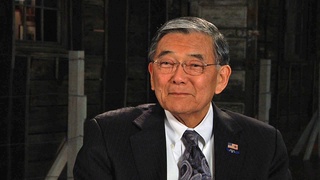
Citizen participation
(b. 1931) U.S. Former Secretary of Transportation

Sugar beet and potato farming in Idaho
(b. 1921) Nisei veteran who served in the occupation of Japan

Recalling Pinedale and Tule Lake concentration camps
Judge, only Japanese American to serve on CWRIC.

Being called out of Reserves
(b. 1921) Nisei veteran who served in the occupation of Japan

Fort Snelling
(b. 1921) Nisei veteran who served in the occupation of Japan

Opening Up Shop in Little Tokyo
(b. 1942) The first Asian American woman judge

Traveling from Manila to Tokyo
(b. 1921) Nisei veteran who served in the occupation of Japan

Different races have to live together and interact
(1917 - 2004) Political activist
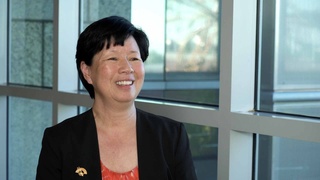
Camp stories impact on her career
Sansei judge on the Superior Court of Los Angeles County in California

JABA: On Engaging Students and Community
(b. 1942) The first Asian American woman judge

Relief fund to support Japanese communities (Japanese)
(1900–1996) The mother of Nikkei Brazilian immigration

Role of Assistancia Social dom Jose Gaspar (Japanese)
(1900–1996) The mother of Nikkei Brazilian immigration
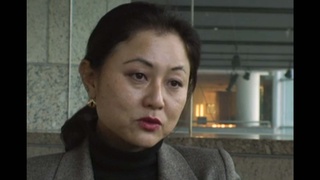
Concentration camp from a Japanese mother’s point of view (Japanese)
Shin-Issei from Gifu. Recently received U.S. citizenship
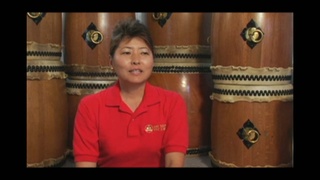
The multicultural perspective
(b.1960) Third-generation taiko drummer, leader of Maui Taiko
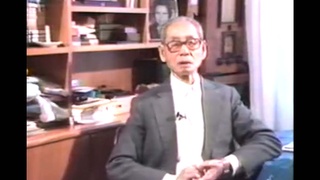
Makegumi - Movement to regognize the defeat of Japan (Japanese)
A central figure for the “Makegumi” (defeatists)
